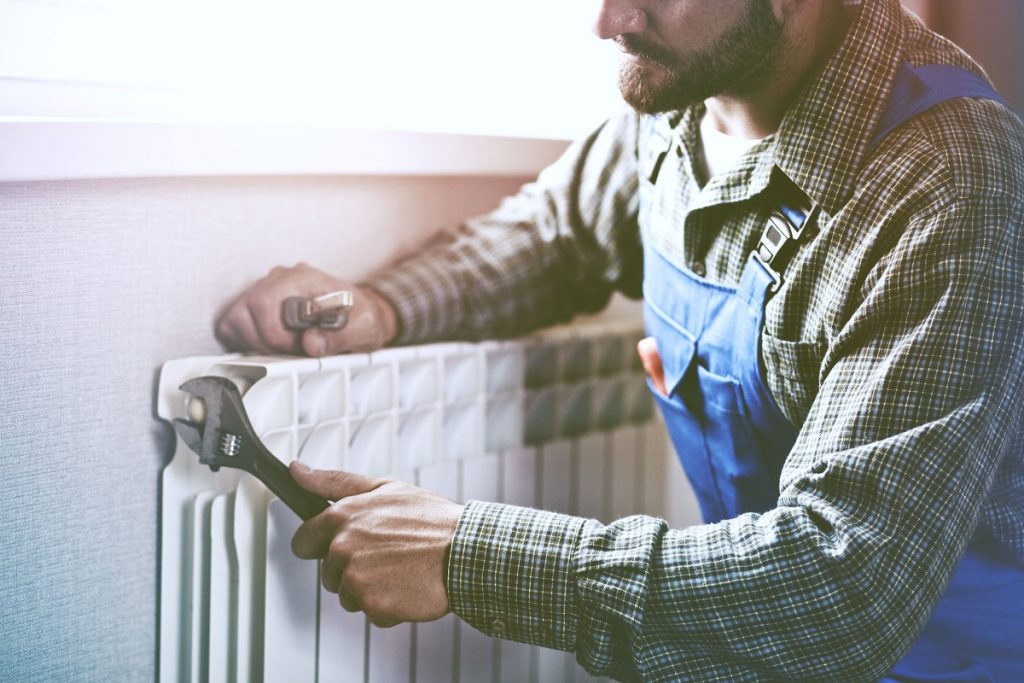- Properly disposing of household waste helps reduce carbon footprint and keep the home safe.
- Separating recyclables from non-recyclables is critical for reuse & recycling.
- Investing in reusable products, composting food scraps, and buying green products also help reduce waste.
- Maintaining disposal areas (e.g., septic tanks) and learning to recycle are essential for sustainable waste management.
- Hazardous materials should be disposed of properly at designated facilities.
Waste management at home is an essential part of environmental sustainability. Homeowners must take action to reduce, reuse and recycle, helping to reduce their carbon footprint. In addition to reducing consumption, homeowners can reduce waste by composting food scraps and other organic materials.
The amount of waste generated yearly is staggering: the Environmental Protection Agency estimates that over 290 million tons of municipal solid waste (MSW) are generated annually in the United States. Approximately 70 million tons are from residential sources, and nearly 30% of residential MSW is in landfills. Additionally, 10% of household garbage is food waste which could be composted or recycled.
Waste management is essential to your home, but you might not know where to start. Here are some tips to help you get started:
Proper Waste Disposal

Proper waste disposal is an essential part of waste management at home. It helps reduce the amount of waste in landfills and redirects it for reuse and recycling. Properly disposing of your household waste can help reduce your carbon footprint, save money, and keep your home safe and healthy.
There are several tips you can follow to ensure proper disposal of your household waste:
Separate recyclables from non-recyclables
Separating your recyclable materials from non-recyclables ensures they will be appropriately processed for reuse or recycling. Ensure all glass, plastic, paper, cardboard, aluminum cans, and other recyclable items are placed into the correct bins for collection by your local sanitation department.
Invest in reusable items
Investing in quality reusable items such as shopping bags, coffee cups, water bottles, containers for food storage, and lunch boxes cuts down on single-use plastics and packaging material. By using reusable products, you are reducing the amount of waste that has to be disposed of responsibly.
Compost food scraps
Food scraps make up a significant portion of our household waste stream. Instead of throwing these out in the garbage, where they will end up in landfills, or incinerators, taking up space and releasing toxic gases into the atmosphere – compost them! Composting is easy to set up at home with just a few simple steps and tools and can provide nutrient-rich soil for plants or garden beds.
Buy green products
When shopping for household items, look for eco-friendly options such as those made with renewable resources like bamboo and organic cotton; or certified sustainable wood products such as FSC (Forest Stewardship Council) certified wood. Buying green products helps to reduce the amount of energy and resources used in production, making them more sustainable options.
Maintain Disposal Areas

Identifying where waste goes in your home cannot be overstated. Knowing which bins to use, what material to dispose of, and how to maintain them is essential for sustainable waste management practices at home. For example, installing a septic tank system in your home can reduce the amount of wastewater that goes into public sewer systems. It also allows you to store and treat wastewater safely in one location.
Maintaining a septic tank involves proper maintenance and regular inspections. Regular inspections help identify issues so they can be resolved quickly before more significant problems arise. Inspections should be done at least once every 3-5 years to ensure the system works properly. Additionally, it’s essential to regularly check the tank for leaks or blockages that can cause significant damage if left unchecked.
Septic tanks should also be maintained regularly by securing professional services for septic tank cleaning to remove the accumulated sludge from the bottom of the tank every year. This will prevent clogs from forming, allowing for efficient system operation and reducing the risk of potential backups or overflows. Furthermore, homeowners should avoid putting items such as grease or oil down their drains as this can lead to clogs in pipes and eventually buildup in the septic tank itself, leading to problems with its functioning over time.
Learn How to Recycle
Recycling is an essential part of waste management and can help reduce the amount of waste in landfills. Homeowners should learn about their local recycling programs and what materials are accepted for collection. Many items such as paper, cardboard, plastic containers, cans, bottles, glass jars, and other recyclable materials can easily be recycled at home or brought to a local recycling center. Additionally, some communities offer curbside pick-up services for specific materials like paper or plastic bottles, making recycling at home even more accessible.
Used cooking oil, batteries, paint, and other hazardous materials should be disposed of properly to avoid contaminating soil or water sources. These items should not be placed in household garbage as they require special disposal procedures at designated facilities.
Final Thoughts
Home waste management is an integral part of living a more sustainable lifestyle. By following the tips outlined here, homeowners can take action to reduce their carbon footprint and help keep the environment healthy. Properly disposing of waste, investing in reusable items, composting food scraps, buying green products, maintaining disposal areas, and learning how to recycle are all simple steps that homeowners can take to reduce their impact on the environment and make a positive difference in their community.

